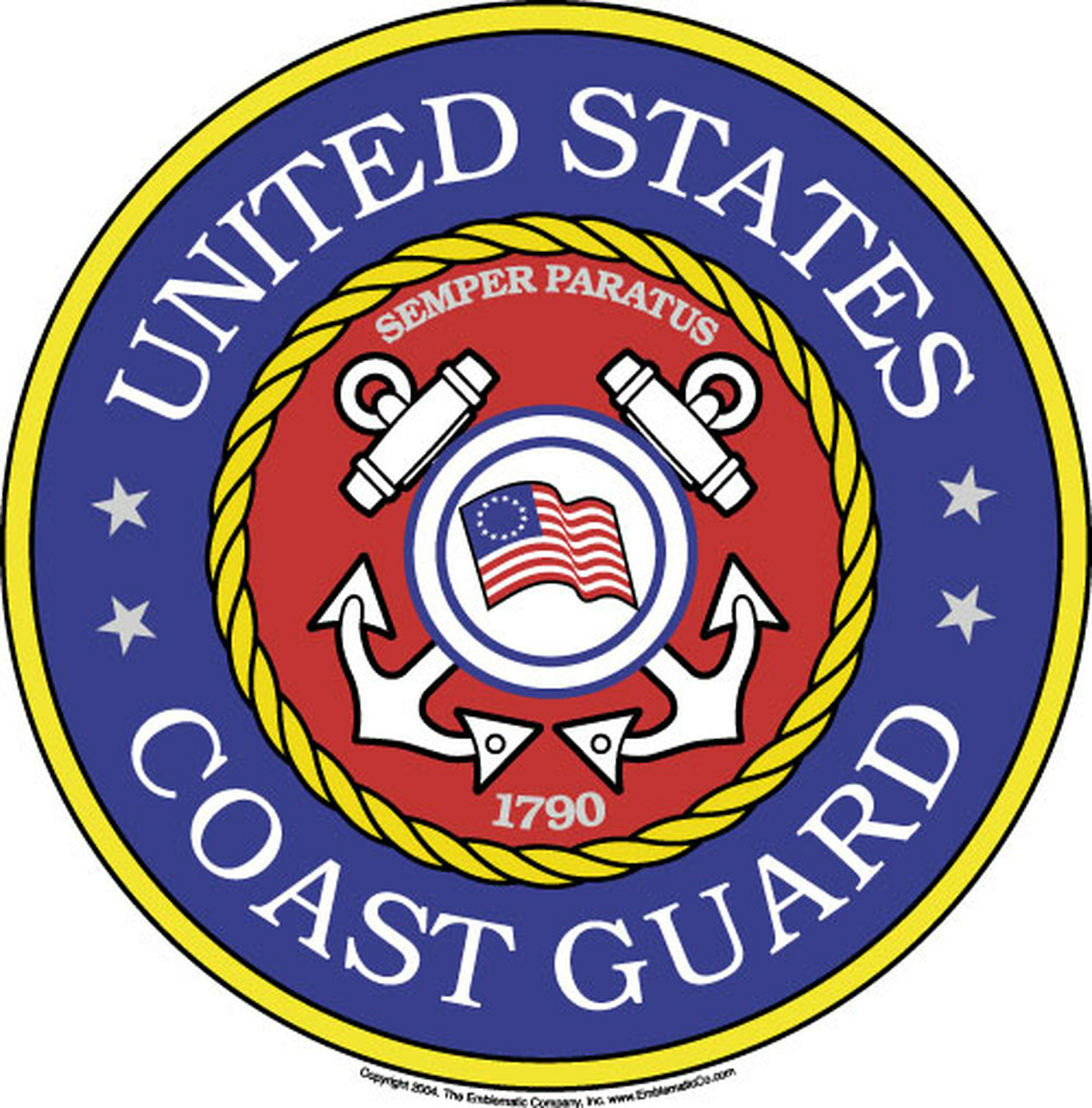ASTORIA, Ore. — The Coast Guard issued a Notice of Violation to the owner and master aboard a 48-foot commercial fishing vessel for negligence while operating in conditions of restricted visibility and a failure to maintain a proper lookout Monday in the vicinity of Buoy No. 8 of the Columbia River navigation channel.
The commercial fishing vessel was operating outbound on the Oregon side of the Columbia River navigation channel as the 587-foot motor vessel Grand Race, a Ro-Ro cargo ship, was transiting inbound, also in the vicinity of Buoy No. 8. The commercial fishing vessel, without providing notice or sound signal to the inbound Grand Race, adjusted course to move to the Washington side of the channel; and, in doing so, cut across the bow of the Grand Race, creating serious risk of collision.
This is an evident violation of Navigation Rule 9, pertaining to the safe and proper navigation of channels and fairways. Navigation Rule 9 states that vessels proceeding along a navigation channel shall keep as near to the outer limit of the channel which lies on the vessels starboard side and which also prohibits vessels from crossing a navigation channel if such crossing impedes the passage of a vessel which can safely navigate only within the channel
Upon determining the risk of collision, the pilot aboard the Grand Race repeatedly hailed the commercial fishing vessel on VHF-FM radio channels 13 and 16 and sounded the danger signal with no response from the commercial fishing vessel. This is an evident violation of Navigation Rule 5, pertaining to the master’s responsibility to maintain a proper look-out by sight, hearing, and all available means.
As a final measure to avoid collision, the pilot aboard Grand Race hailed the harbor pilot vessel Astoria for assistance. The Astoria was only able to establish communication and warn the commercial fishing vessel of the impending danger by shining a spot light directly on the vessel, gaining due attention resulting in the commercial fishing vessel altering course and avoiding collision.
Navigation Rule 5 states that every vessel shall at all times maintain a proper look-out by sight and hearing as well as by “all available means”. “All available means” includes the effective use of available instruments and equipment, in addition to the use of both sight and hearing. This applies to information received by VHF from other ships.
The recommended minimum penalty for a first offense of a commercial vessel operating or interfering with operations of a commercial vessel in a negligent manner that endangers life, limb, or property of a person is $5,000. The maximum penalty for these violations is $35,486.
“In addition to the Dungeness crab fishery being the most valuable single-species fishery off the coasts of Oregon and Washington, it is also the most dangerous.” said Lt. Carl Eschler, chief of the investigations division at Coast Guard Marine Safety Unit Portland. “Fishermen haven’t even started pulling pots and retrieving their catch, and we have already had a near miss that could have resulted in multiple casualties. No matter how long you have been fishing, please don’t get complacent. Maintain a proper lookout, monitor channel 16, and notify the Coast Guard as required prior to crossing a hazardous bar. The Coast Guard is here to assist, and given the choice, would much rather provide information to a vessel operator unfamiliar with local bar conditions or provide an escort across a hazardous bar then respond to a vessel in distress. The issuance of a civil penalty is one way for the Coast Guard to compel compliance and help to save lives.”
For further questions or concerns regarding this matter, please contact MSU Portland Investigations Division at 503-247-4019 or PDXio@uscg.mil.


